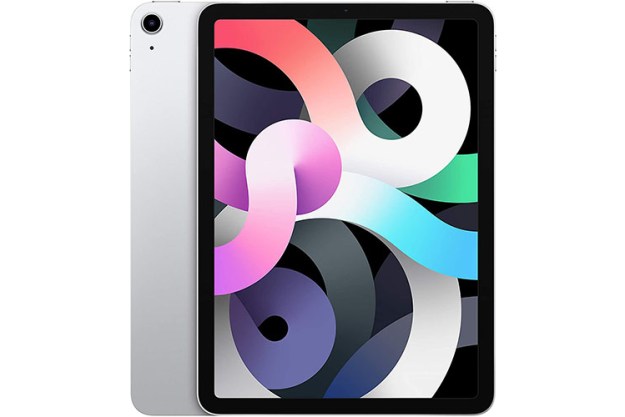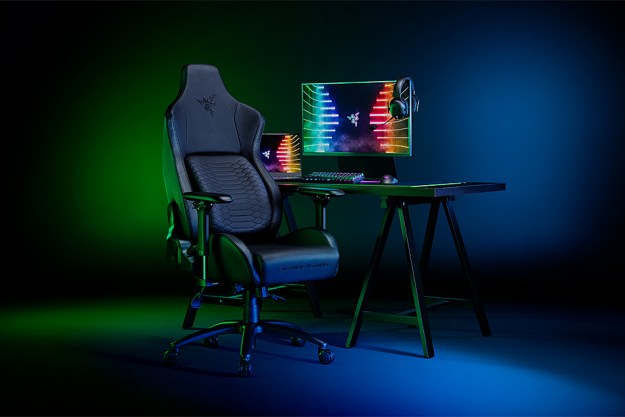 There are numerous digital still cameras and video cameras on the market that use SD cards. As a result, there are more brands of SD cards than most other types of memory cards on the market today. One of the coolest lines of SD memory cards is the Eye-Fi range that has integrated wireless connectivity.
There are numerous digital still cameras and video cameras on the market that use SD cards. As a result, there are more brands of SD cards than most other types of memory cards on the market today. One of the coolest lines of SD memory cards is the Eye-Fi range that has integrated wireless connectivity.
Eye-Fi has announced a new and updated SD card today called the Eye-Fi Pro X2. The memory card has 8GB of storage space and is a Class 6 speed product. The new card uses the proprietary X2 engine that sports 802.11n connectivity and is backwards compatible with older wireless technologies. The card can wirelessly upload JPEG and RAW images to 25 different online video and photo sharing sites.
The most interesting new feature of the X2 Pro card is the Endless Memory mode. This mode allows the Eye-Fi card to automatically make space for new photos and video when the card is nearly full by contacting the Eye-Fi server to ensure that the video or photos have been uploaded. Once confirmed starting with the oldest content, files on the card are automatically deleted.
“With the introduction of our first wireless memory card, we made backing up and sharing photos effortless. Now, we’re again redefining what is possible with a leap forward in technology, performance and user experience,” said Jef Holove, CEO of Eye-Fi. “The new X2 engine delivers further on the promise of a connected device – more convenience and virtually endless storage capacity, so there is no cap on the memories that can be captured.”
The Eye-Fi Center is also redesigned with the new card allowing for drag and drop file transfer and it allows photos to be republished to various photo sharing sites. The card is available for pre-order now for $149.99. The updated Eye-Fi Center software will be offered for download later this month.


